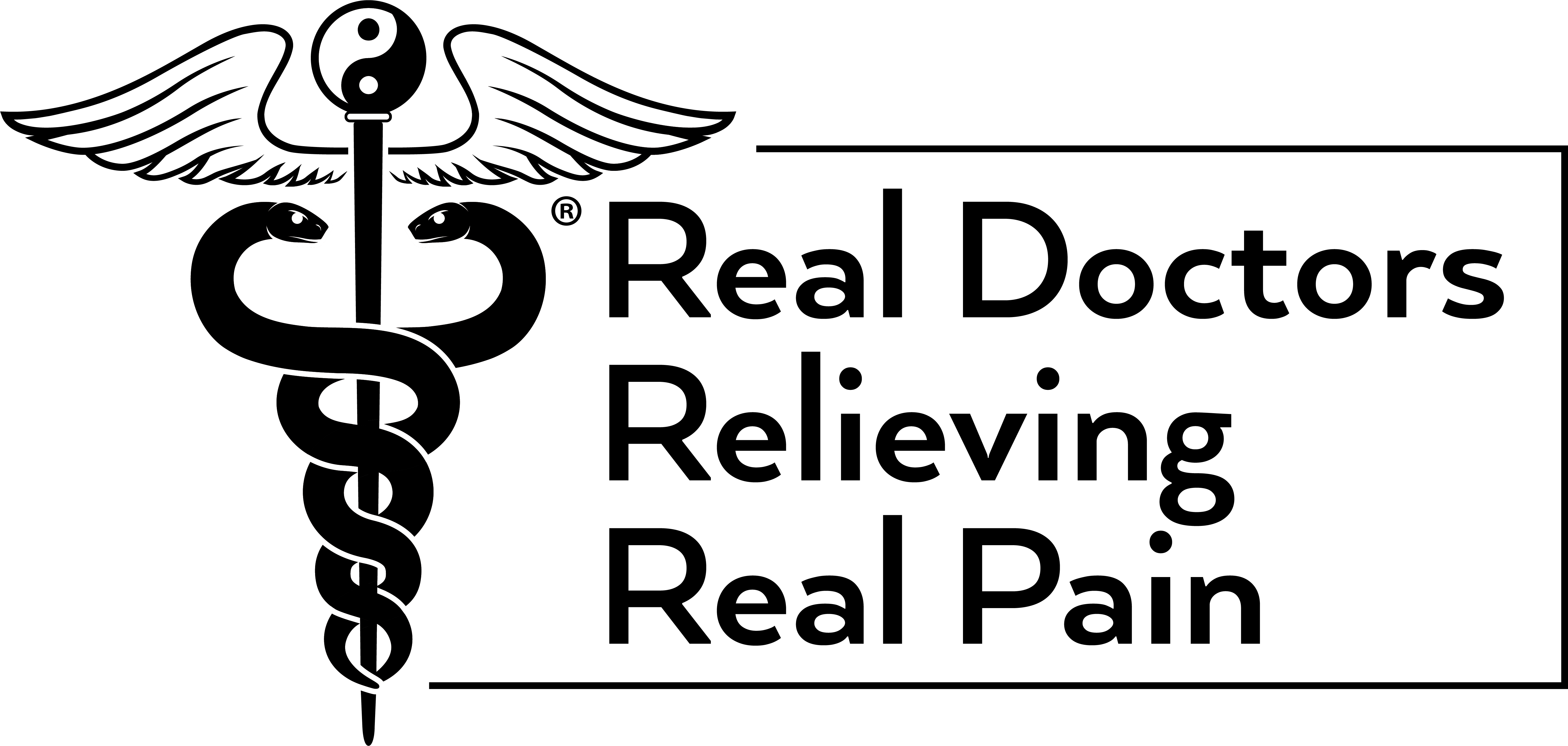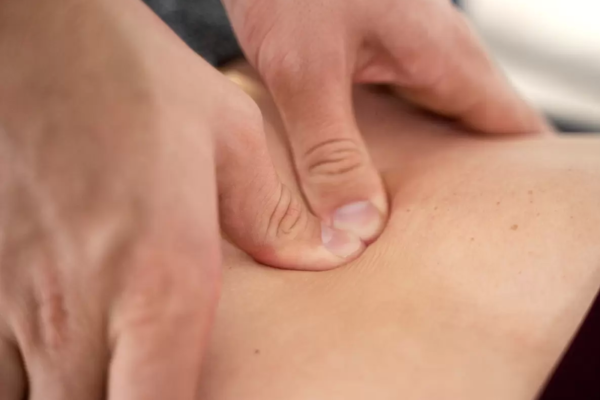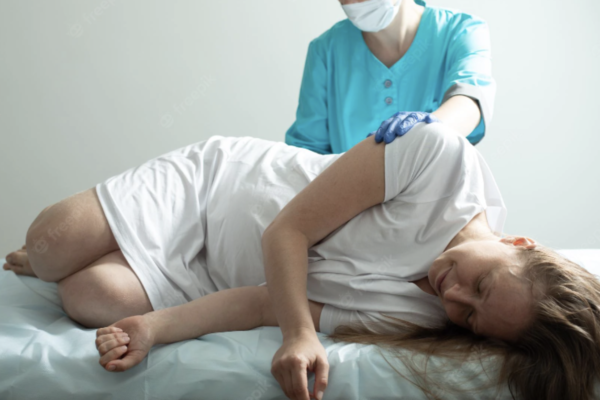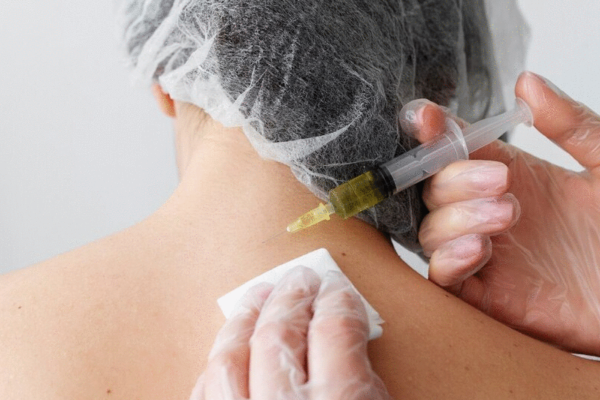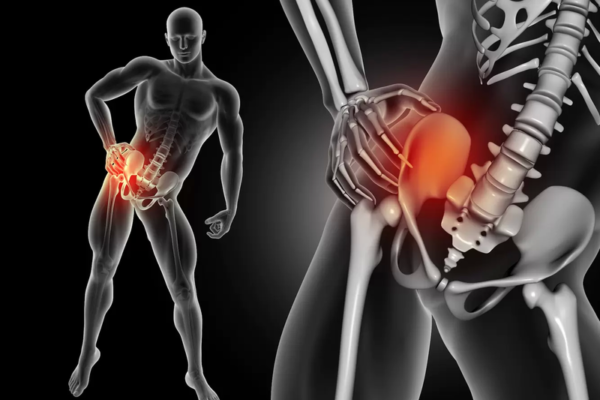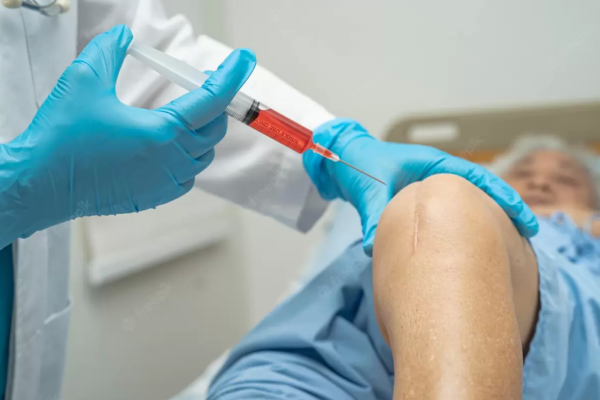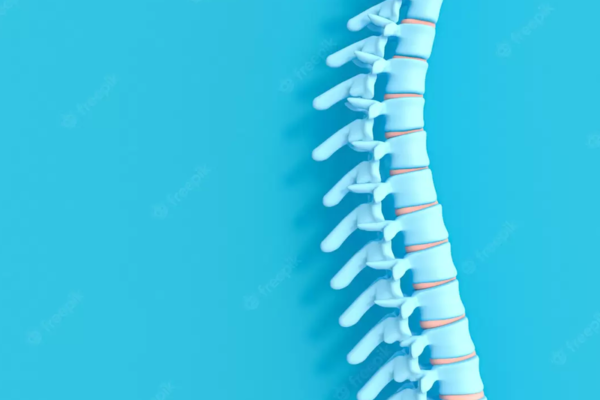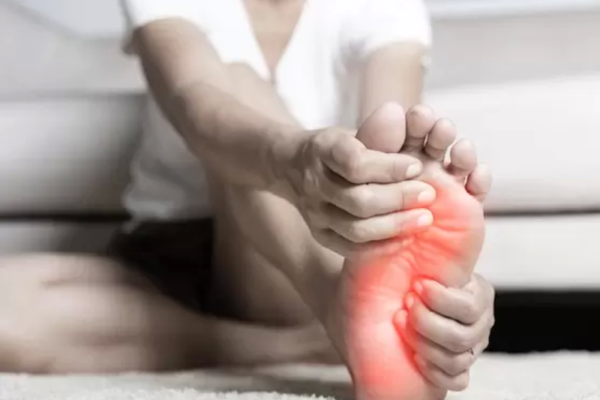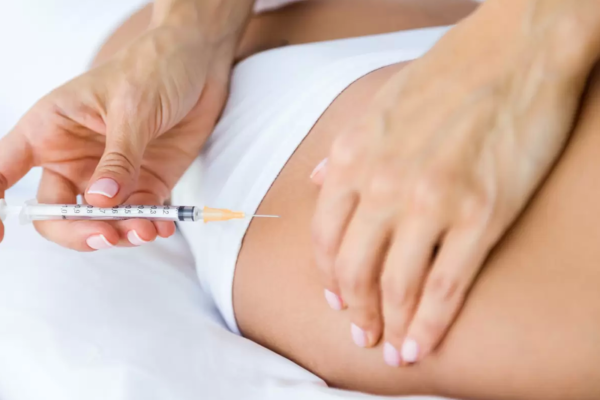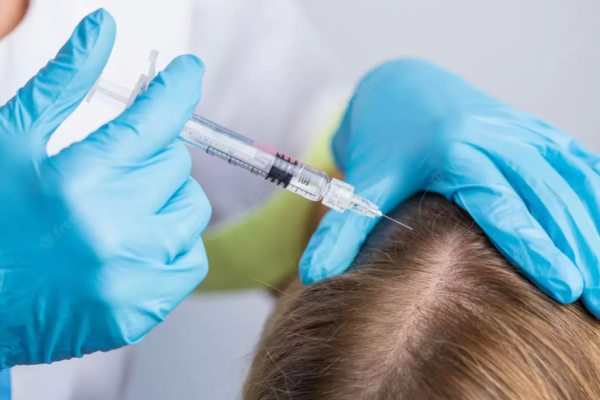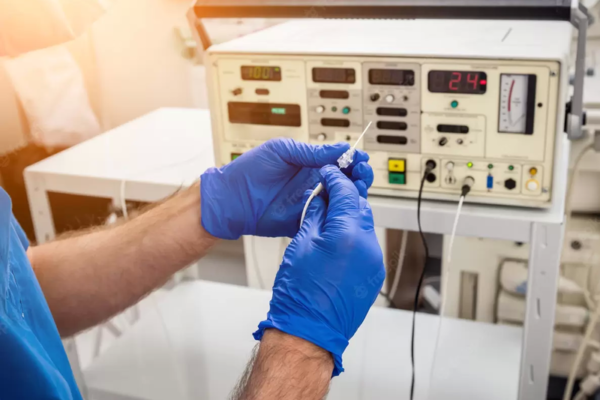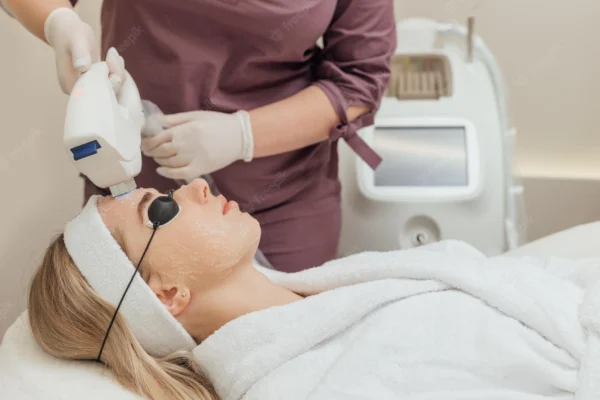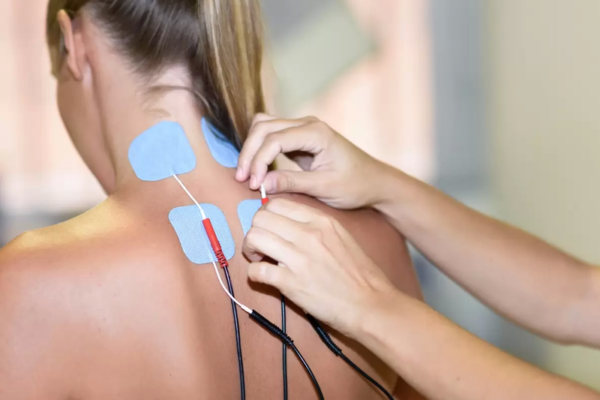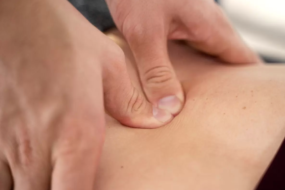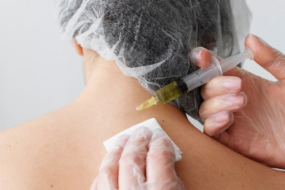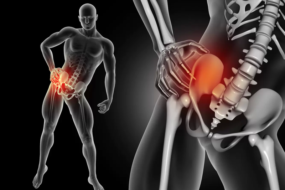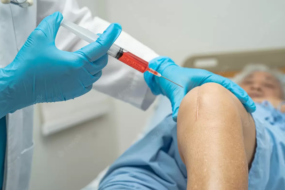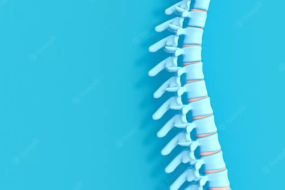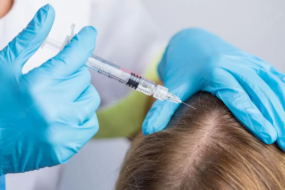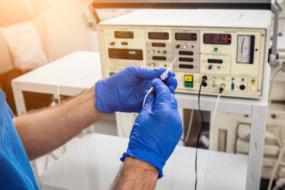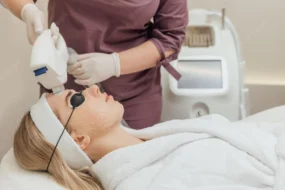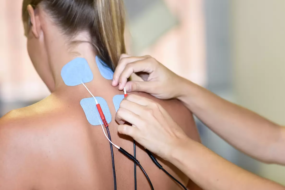Inside your body, there are microscopic healing cells that carry out repairs and help new tissues grow. Double board-certified interventional pain specialist Dr. Andrews, MD, of No Pain uses regenerative medicine to boost natural healing. At his practice, Dr. Andrews carries out cutting-edge regenerative medicine practices for patients with painful injuries and degenerative conditions like arthritis. To benefit from the power of regenerative medicine, call No Pain or book an appointment online today.
Regenerative Medicine
Regenerative Medicine Q & A
What is regenerative medicine?
Regenerative cells are vital components of your body’s self-repair systems, as they have the ability to modify themselves into other types of cells. Therefore, if you damage a bone, the regenerative cells in the area change into new bone cells to help the injury heal.
The number of regenerative cells in your body declines as you get older, and you may have insufficient quantities to heal a severe injury. By injecting a concentrated dose of regenerative cells into damaged tissues, Dr. Carlson can boost the power of your body’s natural healing, a process known as regenerative medicine.
Regenerative cells can help repair soft tissue injuries, slow down age-related tissue degeneration, and promote healing after surgery.
Where do regenerative cells come from?
Everyone has a supply of regenerative cells in their body, mainly in the fatty tissue (known as adipose) and bone marrow:
Adipose regenerative cells
In addition to fat cells, adipose contains stromal vascular fraction (SVF), a rich source of regenerative cells. To harvest the regenerative cells, Dr. Carlson collects a sample of fat from your body and mixes it with an enzyme that makes the fat cells detach themselves from your regenerative cells.
Bone marrow aspirate concentrate
Dr. Carlson can harvest bone marrow aspirate concentrate (BMAC) from the pelvic area where you have large bones with a good supply of regenerative cells.
After harvesting, the regenerative cells undergo a cleaning process before they’re ready to be injected into your damaged tissues.
How long can it take for regenerative cell therapy to work?
The regenerative cells start to work as soon as you receive your treatment, but you won’t feel the difference right away. This is because the regenerative cells are initiating a repair process, which takes time to complete.
After a few weeks, you might start to notice an improvement, but it could take up to eight weeks to feel significant changes. While injections of regenerative cells don’t offer the fast relief of a steroid injection, the effects do last a lot longer, even years, in some cases.
Inevitably, the aging process starts again in the new tissues, so in time your condition would deteriorate. You can help keep on top of these degenerative changes by returning to Dr. Carlson for further regenerative cell injections.
WHAT WE OFFER
Chronic Pain Conditions and Treatments
-
-
-
-
-
-
-
-
-
-
-
-
-
Migraine
Coming Soon. Learn More.
Did you know that?
Donec sed odio dui. Nulla vitae elit libero, a pharetra augue. Nullam id dolor id nibh ultricies vehicula ut id elit. Integer posuere erat a ante venenatis dapibus posuere velit aliquet.
-
-
-
-
-
-
-
-
-
-
-
